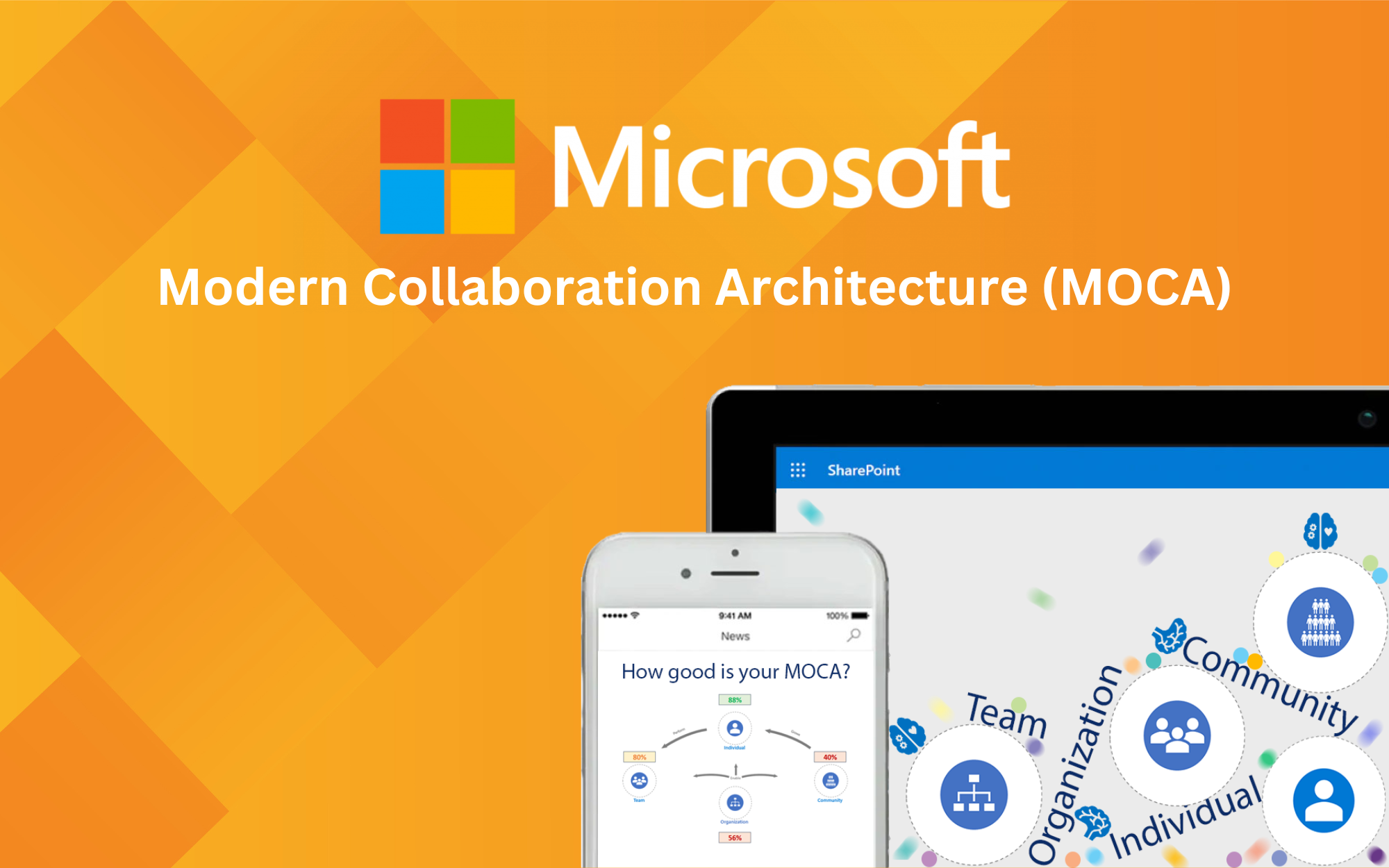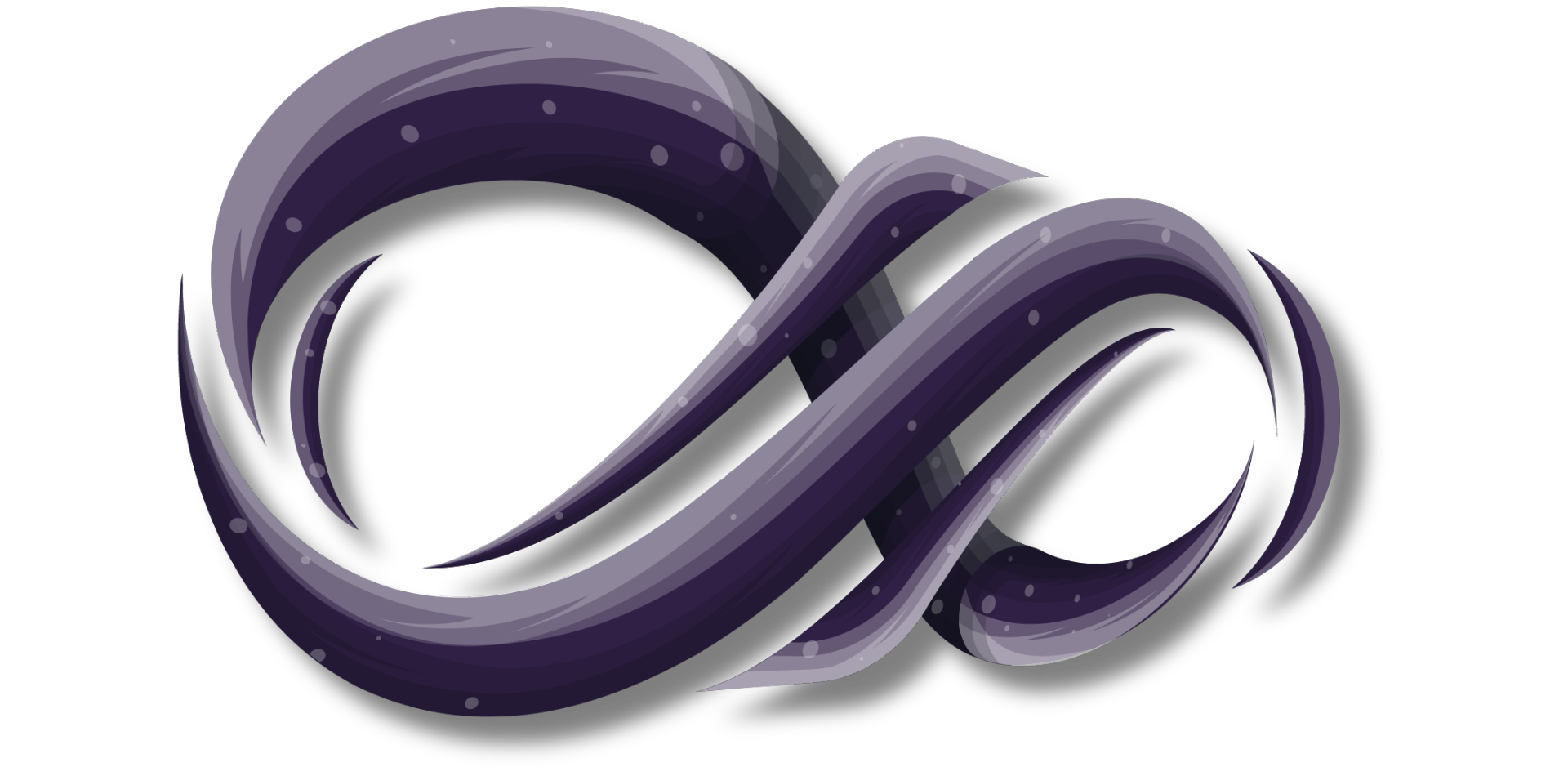Unleashing the Power of Modern Collaboration with Microsoft's MOCA: A Comprehensive Guide

Hello, cloud enthusiasts! Today, we're going to delve into the world of modern collaboration enabled by Microsoft's groundbreaking framework - MOCA (Modern Collaboration Architecture). This guide is designed to provide you with a comprehensive understanding of MOCA and how it can revolutionize collaboration within your organization. So, let's get started!
Understanding MOCA
In the digital age, effective collaboration is the cornerstone of any successful organization. Microsoft, a global leader in technology, has introduced a revolutionary framework known as MOCA to redefine how organizations collaborate and communicate. But what exactly is MOCA?
MOCA stands for Modern Collaboration Architecture. It is a Microsoft initiative designed to drive digital culture change within organizations. The primary goal of MOCA is to enhance collaboration by integrating various tools, thus enabling employees across an organization to work together more effectively.
But MOCA is not just about asking "Which tool do I use when?" but rather "What do I achieve?" It's about understanding how different tools can be integrated to create a seamless, efficient, and productive work environment. Microsoft describes MOCA as a means to equip organizations, teams, and individuals to leverage Microsoft 365 services for improved collaboration, balanced with a healthy work-life equilibrium.

The Four Pillars of MOCA
The MOCA framework is built on four pillars: Individual, Team, Community, and Organization. Each pillar focuses on a different aspect of collaboration and productivity.
Individual Focus
The individual focus of MOCA is about enabling each person to manage their attention and time effectively. This involves using tools like Microsoft To-Do for task management, Outlook for email and calendar management, and OneDrive for personal file storage and sharing. These tools help individuals to organize their work, prioritize tasks, and manage their time efficiently.

Team Focus
The team focus of MOCA is about enabling teams to collaborate effectively and efficiently. This involves using tools like Microsoft Teams for team communication and collaboration, SharePoint for team file storage and sharing, and Planner for team task management. These tools help teams to communicate, collaborate, and coordinate their work effectively.

Community Focus
The community focus of MOCA is about enabling communities of practice to share knowledge and learn from each other. This involves using tools like Yammer for community communication and knowledge sharing, and Stream for video sharing. These tools help communities of practice to share knowledge, learn from each other, and build a shared understanding.

Organizational Focus
The organizational focus of MOCA is about enabling the organization to communicate effectively with all employees and to manage organizational knowledge. This involves using tools like SharePoint for organizational communication and knowledge management, and Power BI for organizational data analysis and reporting. These tools help the organization to communicate effectively with all employees, manage organizational knowledge, and make data-driven decisions.

The MOCA Assessment: A Deep Dive
The MOCA framework includes an inventory assessment carried out in four steps, each guided by predefined questions. This assessment helps organizations understand their current state in the realm of modern collaboration. The inventory is divided into four categories: Individual, Team, Community, and Organization.
The individual category focuses on personal productivity and organization. It includes aspects like email usage, task management, document storage, and time management. The team category assesses how teams within the organization function. It looks at team size, defined outcomes, roles, responsibilities, and how effectively the team uses Microsoft Teams for communication and collaboration.
The community category evaluates the sense of belonging, community manners, idea exchange, and community events. It also assesses how communities within the organization help members grow and learn. The organizational category examines the organization's leadership, focus, communication, and engagement with employees. It also looks at how the organization uses Microsoft 365 tools to understand employee behavior and encourage innovation.
Download the Individual MOCA Assesment here.
The MOCA Standard Presentation: A Guiding Light
Microsoft provides a standard MOCA presentation that serves as a guide for organizations. This presentation illuminates various areas of the MOCA framework, providing a comprehensive understanding of how to implement and benefit from it. It's a roadmap, a blueprint that organizations can follow to successfully integrate MOCA into their digital workspace.
Download the lastes MOCA Standard Presentation here.
Conclusion: Embracing the Future of Collaboration with MOCA
In conclusion, MOCA is a game-changer in the world of digital collaboration. By focusing on what can be achieved rather than what tools to use, MOCA empowers organizations to drive a digital culture change that enhances productivity, fosters a sense of community, and promotes a balanced work-life environment.
As we move further into the digital age, embracing frameworks like MOCA will be key to staying competitive and fostering a collaborative, efficient, and happy workforce. It's not just about the technology; it's about the people, the culture, and the way we work together to achieve our goals.
So, are you ready to unleash the power of modern collaboration with MOCA? Stay tuned for more insights and updates on modern collaboration and cloud computing!

